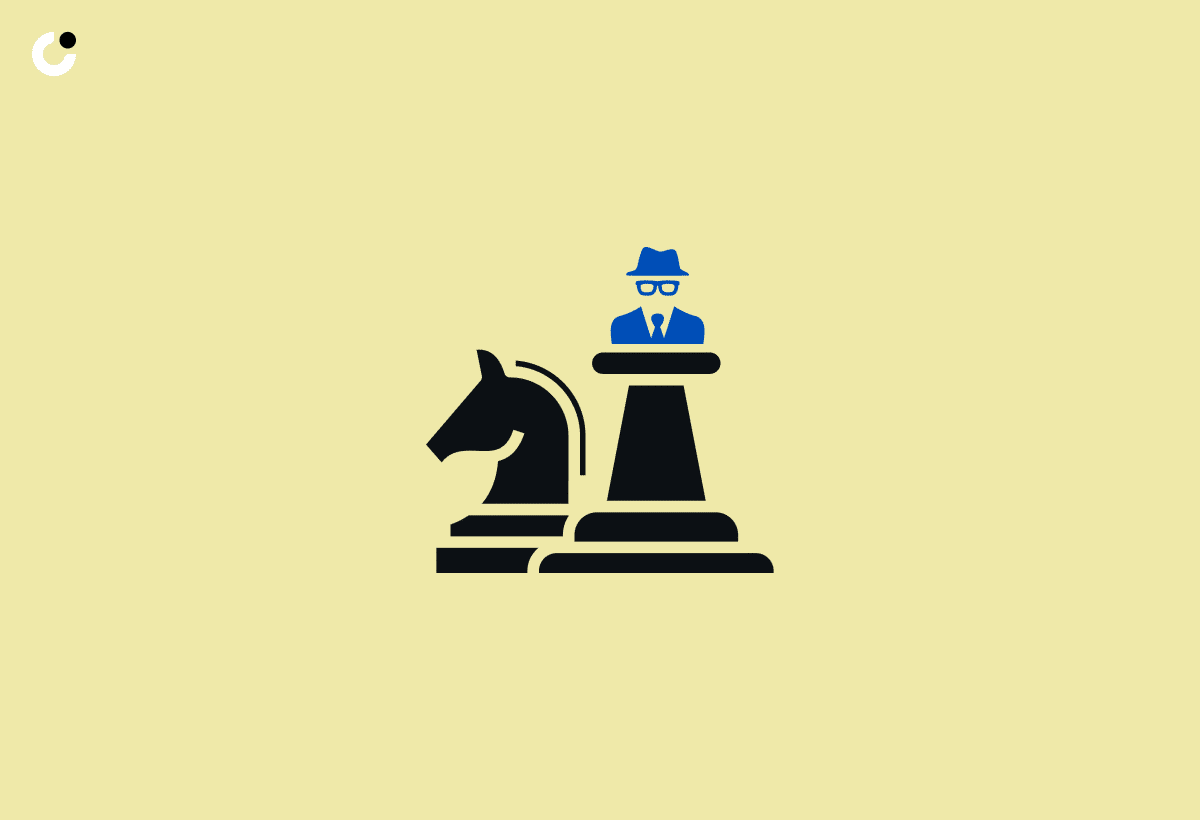Imagine the impact on your business if you could consistently generate high-quality leads and convert them into loyal clients. Mastering the art of cold outreach is a crucial step towards achieving this goal. In this blog post, you’ll gain insights into the top strategies used by expert cold outreach specialists, particularly a Cold Outreach Specialist, to maximize campaign effectiveness, build professional relationships, and grow their careers. Are you ready to elevate your cold outreach game?
Key Takeaways
- Cold Outreach Specialists generate leads and increase sales through tailored emails.
- Crafting effective cold emails involves research, personalization, engaging subject lines & building a high-quality email list.
- Utilize tools, track metrics & follow up strategies to maximize success in campaigns & build professional relationships with prospects.
The Role of a Cold Outreach Specialist

Cold email outreach specialists are indispensable in generating leads and increasing sales for businesses through cold email prospecting. As a cold email outreach specialist, they are in charge of:
- Creating email sequences that focus on cold leads
- Segmenting target clients
- Writing tailored introductions
- Testing and fine-tuning these emails
- Following up with those who respond
Proficiency in cold email outreach and strong written communication skills are essential for this role, as well as the ability to work quickly in a fast-paced environment.
Organizations such as Flowium collaborate with businesses that are transforming the world to amplify their messages and expand their reach, helping them achieve their sales targets. As a cold outreach specialist, you play a pivotal role in driving the success of marketing and sales efforts, connecting with potential prospects, and contributing to the overall growth of the company or agency.
Crafting Effective Cold Emails

Crafting effective cold emails is a fundamental step to enhance the impact of your cold outreach campaigns. This involves researching potential prospects, writing engaging subject lines, and personalizing email content. By thoroughly understanding your target audience and tailoring your messages to their needs, you can significantly improve response rates and drive meaningful conversations.
The success of any cold email outreach campaign is built on a solid email list. To build a high-quality email list, you need to:
- Identify the right decision-makers and influencers
- Gather information on the company and its industry
- Utilize social media and other online resources to locate contact information
Only then can you create highly targeted and personalized cold emails that resonate with your potential clients.
Researching Potential Prospects
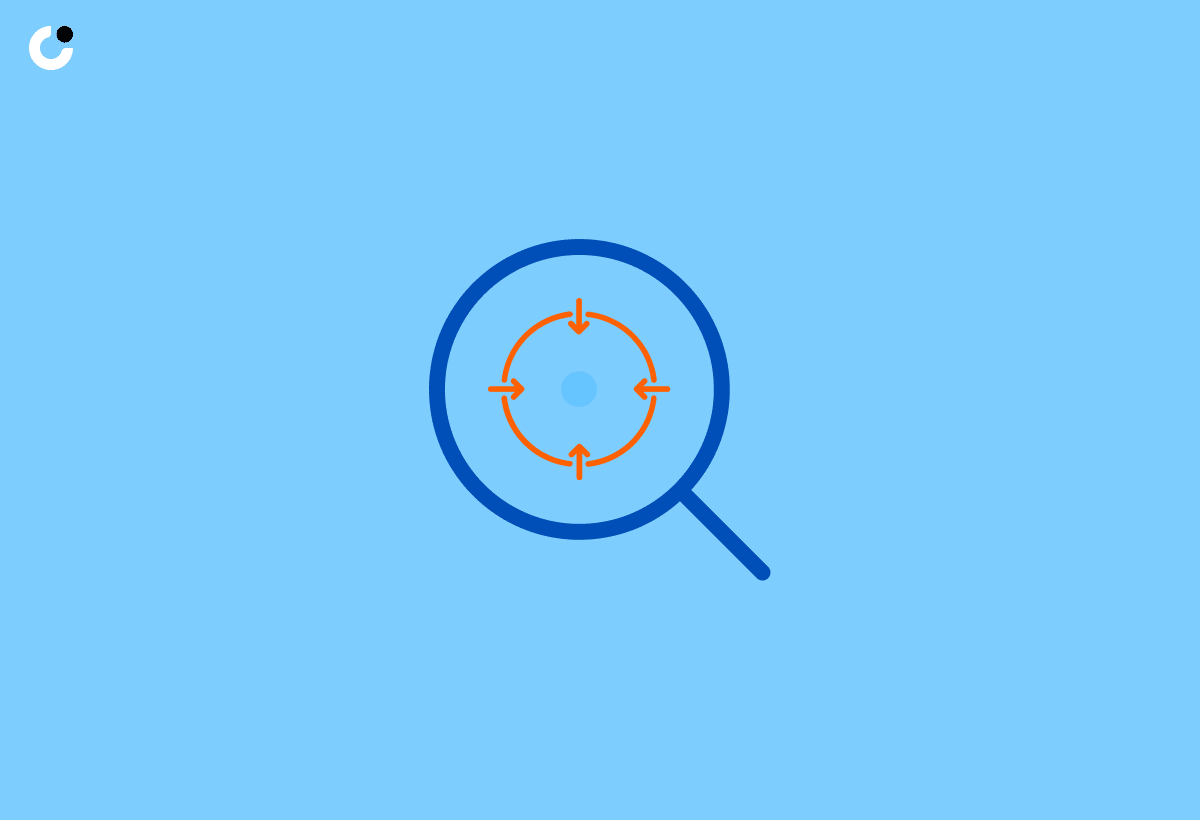
The success of your cold email campaigns hinges on identifying the right prospects. Start by gathering information on the company and its industry, and identify key decision-makers and influencers within the organization. Resources such as:
are excellent tools to aid in your research and prospect identification.
Once you have a comprehensive list of potential prospects, it’s time to dive deeper into their profiles. Utilize social media platforms such as LinkedIn, industry-specific directories, websites, and forums to find contact information and schedule calls with potential clients.
Conducting thorough research enables you to refine your cold email outreach strategy to better align with your target audience.
Writing Engaging Subject Lines

Capturing your prospect’s attention and prompting them to open your email hinges on an engaging subject line. Craft concise, action-oriented lines that are relevant to the recipient to maximize the effectiveness of your cold outreach campaigns. Action words such as “discover,” “unlock,” and “transform” can evoke a sense of urgency and intrigue, making your follow-ups more effective.
Utilizing psychology in crafting email subject lines is also a key consideration. Strategies such as creating curiosity, personalizing subject lines, and leveraging urgency and FOMO (Fear of Missing Out) can significantly improve open rates. Keep subject lines within 30 to 50 characters or 4 to 7 words, and consider the preferences of the target audience when deciding the length.
When it comes to using emojis in subject lines, be cautious and consider the context and target audience, as their impact on open rates can vary.
Personalizing Email Content

For increased response rates and engagement, email content should be personalized. Address your recipients by name, reference their previous interactions or purchases, and provide customized recommendations or offers. By creating a more personalized and relevant experience for the recipient, you increase the chances of them engaging with your content and taking the desired action.
To effectively personalize your cold emails, use the data collected during your research to tailor your message to the recipient’s requirements and preferences. Avoid using generic expressions or replicating content from other emails, as this can give the impression that your message is inauthentic and mass-produced. Strive to make each email feel like a one-on-one conversation with the recipient, demonstrating that you understand their needs and genuinely care about helping them.
Tools and Techniques for Cold Outreach Campaigns
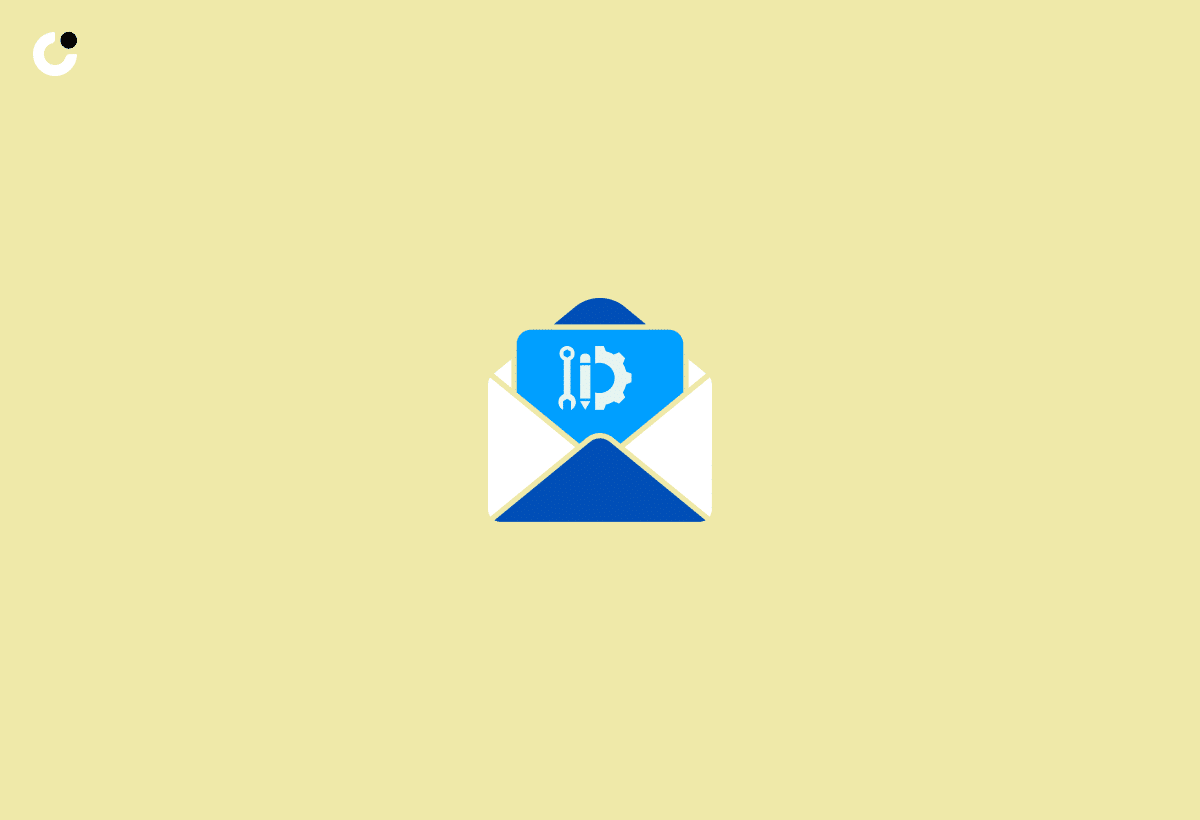
Cold outreach specialists utilize a variety of tools and techniques to manage and optimize campaigns, such as Apollo and LinkedIn Sales Navigator. These platforms enable the creation of targeted email lists, segment prospects, and deliver personalized content, maximizing the efficiency of outreach efforts. In addition to these tools, Mailshake, Emailchaser, Hunter, Sendbuzz, Woodpecker, Autopitch, SmartReach.io, and Lemlist are also recommended for cold outreach campaigns.
Email tracking and analytics serve as another vital component to effective email marketing and cold outreach campaigns. Monitoring the performance of emails and analyzing the data helps to gain insights into how to enhance your campaigns.
Some key metrics to track include:
- Open rates
- Click-through rates
- Response rates
- Conversion rates
By tracking these metrics, you can comprehend how your emails are performing and refine them accordingly.
CRM Systems
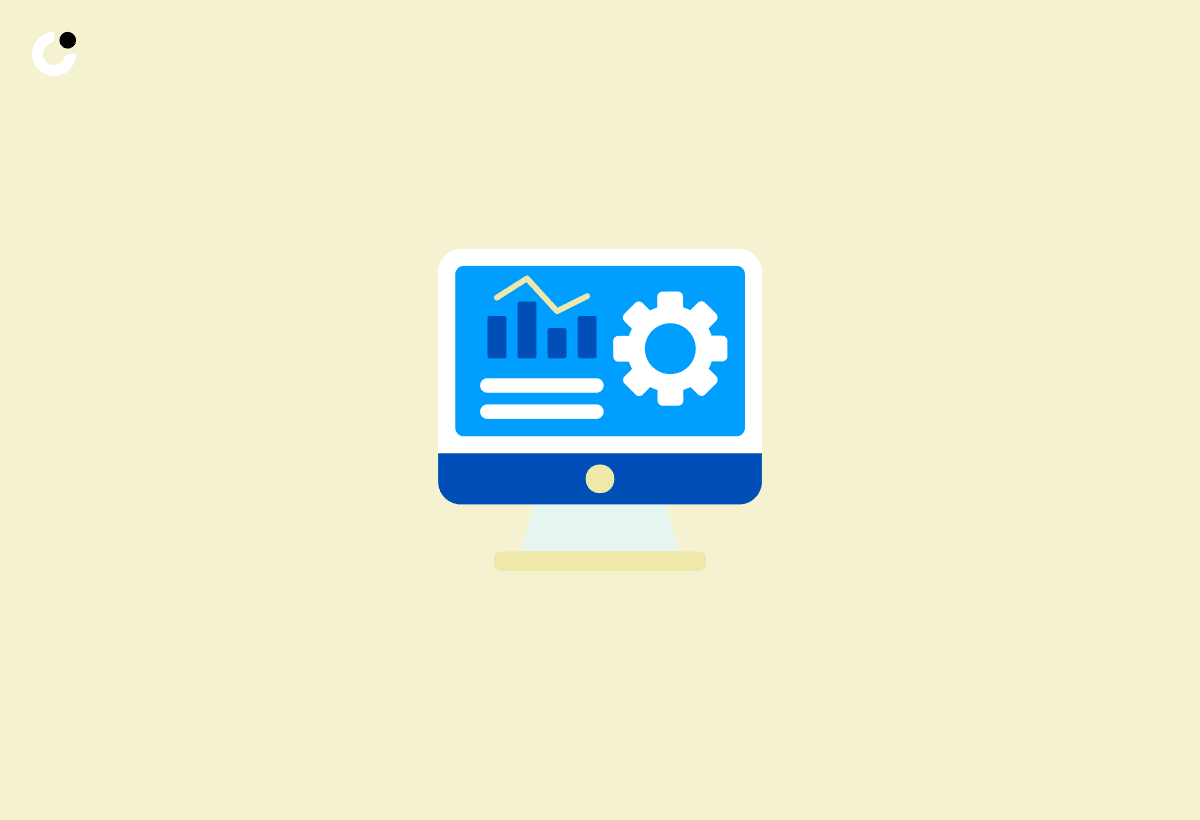
Organizing and managing cold outreach campaigns are tasks in which CRM systems play a significant role. By managing and organizing customer data, tracking interactions with prospects, and automating follow-up processes, CRM systems help streamline the outreach process, improve efficiency, and maximize the chances of converting prospects into customers.
With a CRM system, you can securely store contact information, track email opens and clicks, schedule follow-up tasks, and analyze campaign performance. This helps to increase productivity, aggregate leads, provide a 360° view of contacts, support customer acquisition, enable collaboration, and track customer relationships, thereby aiding in the organization and management of prospects in cold outreach.
Email Tracking and Analytics
Improving the success of cold outreach campaigns and gaining valuable insights into recipient engagement can be achieved through email tracking and analytics. By including tracking pixels or unique tracking links in your emails, you can gather data on when and how recipients interact with your messages, such as the time and date of the interaction, the recipient’s location, and the device used.
Tracking key metrics such as open rates, click-through rates, and response rates enables you to measure the effectiveness of your outreach efforts and optimize your campaigns. Some tools that can be utilized for email tracking and analytics in cold outreach campaigns include:
Follow-up Strategies

An increase in conversion rates and the building of strong relationships are the key benefits of following up with leads. Effective follow-up strategies include:
- Sending follow-up emails
- Keeping emails concise
- Personalizing the message
- Employing a different approach
- Being persistent
Contact a prospective lead no more than six times through scheduled calls to strike a balance between persistence and avoiding annoyance.
For optimal success, follow these guidelines when sending follow-up emails:
- Send them between 8:00 a.m. and 12:00 p.m. in the prospect’s time zone on Tuesdays, Wednesdays, or Thursdays.
- Be mindful of the tone and language of your follow-up emails, as they can significantly affect conversion rates.
- Avoid passive-aggressive language and focus on addressing the recipient’s needs and preferences.
- Use persuasive language and maintain a polite, professional tone.
By following these guidelines, you can increase the effectiveness of your follow-up emails.
Building Professional Relationships through Cold Outreach
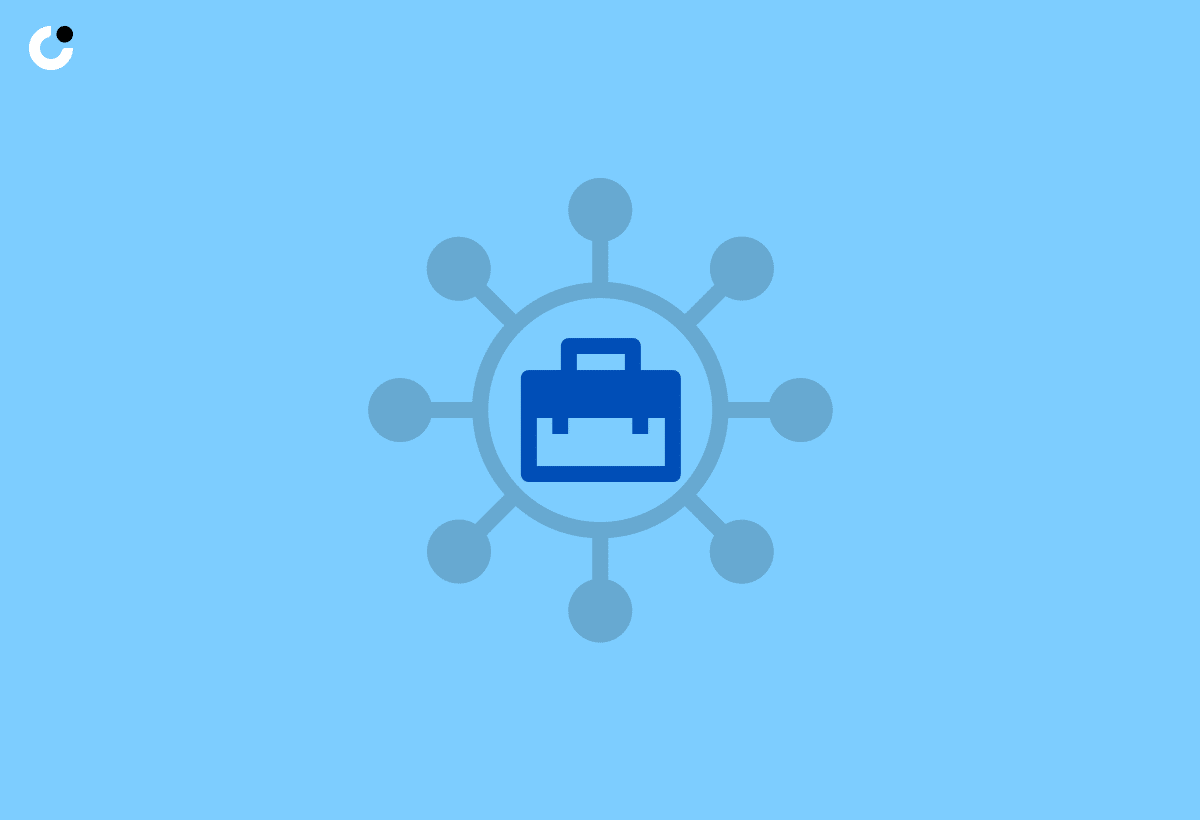
Building professional relationships that pave the way for long-term business success is at the core of cold outreach, beyond just sending emails. By establishing trust and credibility with your prospects, you increase the likelihood of receiving a favorable response and maintaining an ongoing dialogue.
To sustain client relationships post cold outreach, focus on:
- Personalization
- Expectation setting
- Open communication
- Providing additional value
- Leveraging social media
- Gathering information
- Humanizing the relationship
By nurturing leads, turning prospects into clients, and maintaining strong client relationships, you can create a solid foundation for long-term success in your cold outreach campaigns.
Nurturing Leads
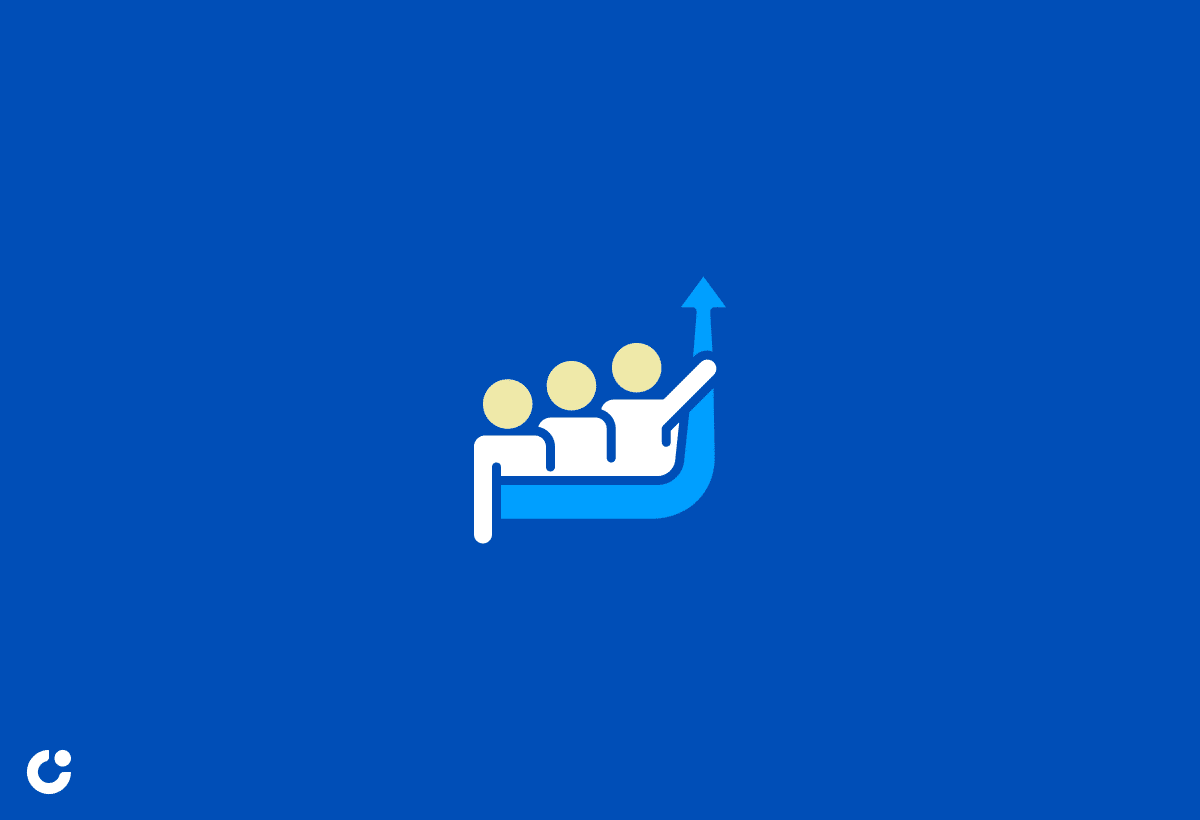
Keeping leads engaged throughout the sales process is primarily achieved by nurturing them. Here are some strategies to consider:
- Regularly supply valuable content to your leads.
- Understand their requirements and tailor your communication accordingly.
- Participate in meaningful conversations with your leads to build trust and credibility.
- Be responsive and proactive in addressing their concerns and inquiries.
- Provide personalized interactions to establish professional relationships.
By implementing these strategies, you can effectively keep your leads engaged and increase your chances of converting them into customers.
To avoid potential mistakes in nurturing leads, ensure that you:
- Have high deliverability rates for your emails
- Use compelling subject lines
- Personalize your messages
- Prioritize your efforts on leads that are more likely to convert
By effectively nurturing leads, you can build strong relationships and improve the success of your cold outreach campaigns.
Turning Prospects into Clients
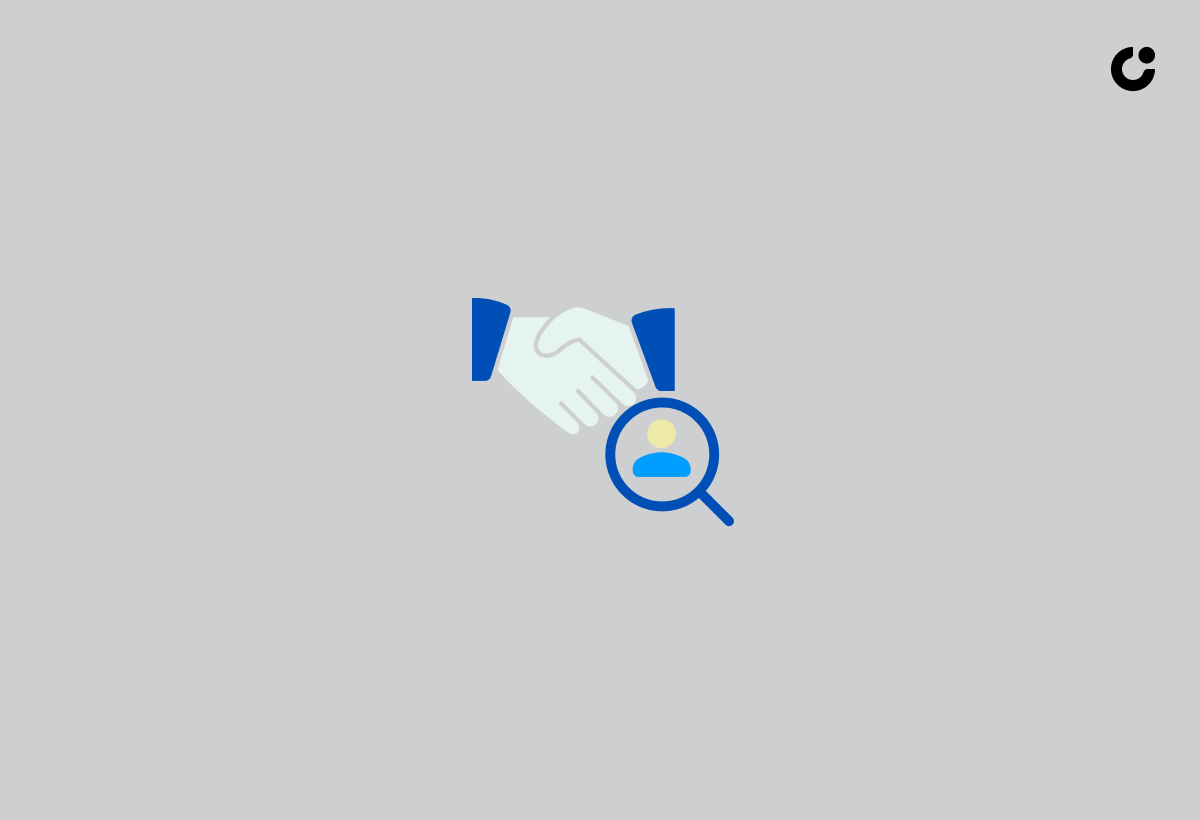
Transforming prospects into clients in cold outreach hinges on effective follow-up. By addressing any queries or concerns, providing further information, and pushing the prospect closer to making a buying decision, you can significantly enhance conversion rates. Personalizing your messages and demonstrating that you understand the prospect’s needs and genuinely care about helping them can also increase conversion rates.
Targeting the right prospects and creating engaging content are essential for successful cold outreach campaigns. By tailoring your outreach efforts to the needs and preferences of your target audience, you can:
- Capture their attention
- Encourage them to take action
- Increase conversion rates
- Build long-term client relationships.
Maintaining Client Relationships

Long-term success relies heavily on the maintenance of strong client relationships. By fostering trust, addressing concerns, providing value, and enhancing loyalty, you can create a solid foundation for ongoing business growth and overall success.
Regular communication helps to:
- Foster trust
- Address any arising concerns
- Provide value
- Increase loyalty.
Providing consistent value is also critical for developing trust and reliability with customers, allowing them to understand what to expect and establishing an atmosphere of dependability. By prioritizing customer relationship management (CRM) in your cold outreach efforts, you can better organize, track, and manage customer data, communication, and interactions for increased sales effectiveness. CRM systems can streamline and automate cold outreach activities, improve follow-up processes, and enhance overall customer engagement and satisfaction.
Tips for Career Growth as a Cold Outreach Specialist
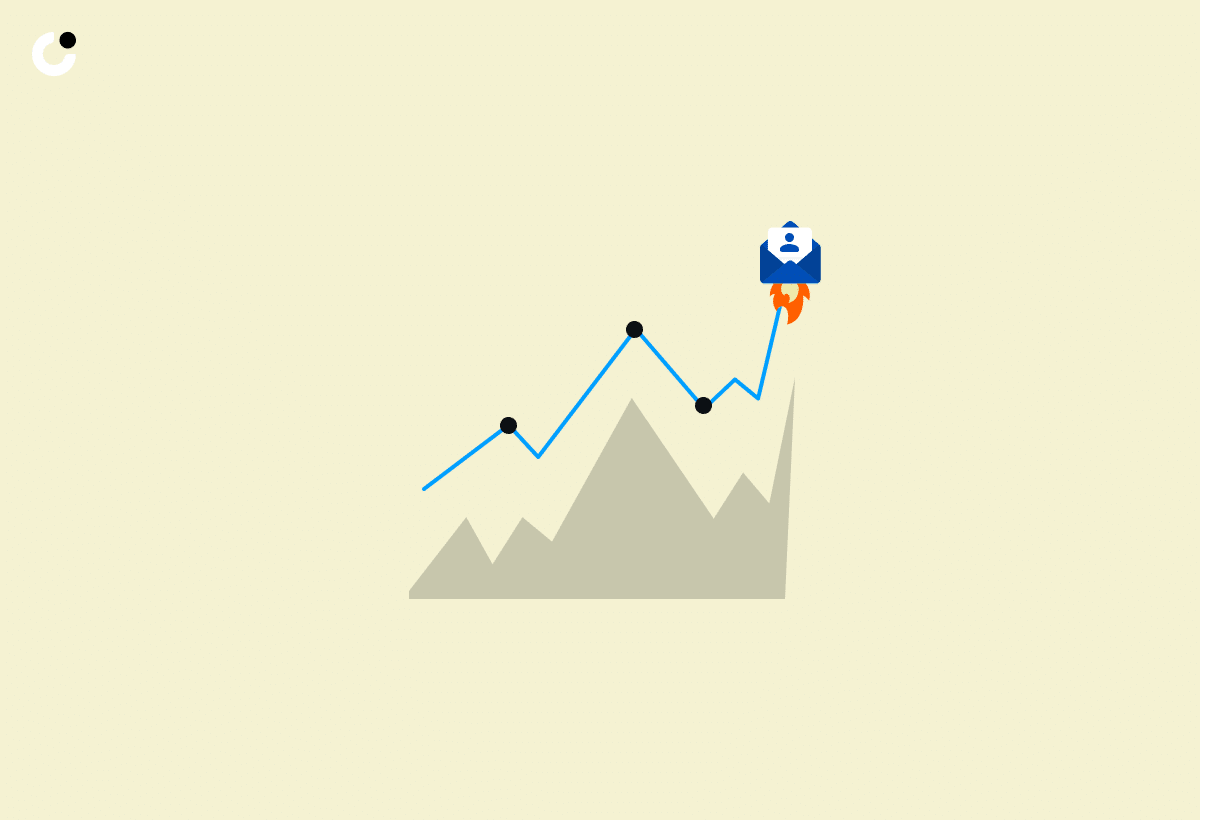
Staying competitive in the industry, establishing credibility, and maximizing earning potential offer cold outreach specialists the potential for significant career growth. Some ways to achieve this include:
- Staying up-to-date with industry trends
- Increasing your knowledge
- Recognizing potential opportunities
- Increasing credibility
- Adapting to changes
- Encouraging networking and collaboration
By following these strategies, you can enhance your professional growth and achieve success in your cold outreach career.
By developing expertise in specific industries or niches, networking and collaborating with other professionals, and staying current with industry trends, you can maintain a competitive edge and grow your career as a cold outreach specialist. Professional development opportunities such as:
- Cold email sequencing
- Expert sessions
- Cold outreach and sales courses
- Cold outreach workshops
- Continuous learning
Working in a team can aid in job and career growth.
Developing Expertise
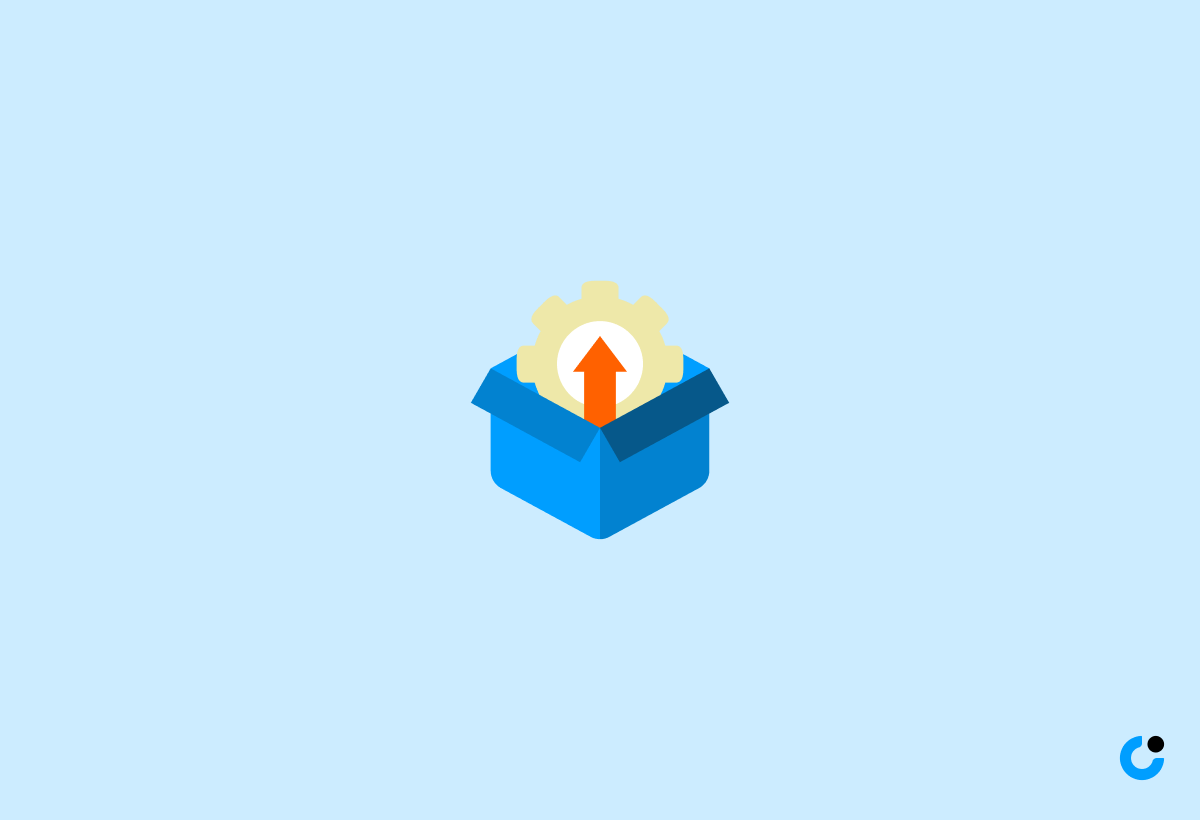
Specializing in a particular industry offers numerous benefits, such as:
- Gaining in-depth knowledge
- Taking a targeted approach
- Building credibility
- Achieving higher conversion rates
- Creating networking opportunities
By focusing on a particular industry, you can tailor your outreach efforts to be more effective for your target audience, enhance credibility, and increase conversion rates.
To develop expertise in a specific industry, engage in comprehensive research, establish a robust network, pursue ongoing learning, acquire practical experience, and focus on a specific niche within the industry. Industry expertise can significantly improve the efficacy of cold outreach strategies by enabling targeted messaging, building credibility, facilitating personalization, and creating networking opportunities.
Networking and Collaboration

For any cold outreach specialist, networking and collaboration are of paramount importance. By forming relationships, exchanging information, and expanding your professional network, you can connect with potential leads, develop partnerships, and start sales conversations. Collaboration enables the sharing of ideas, resources, and expertise, resulting in more effective outreach campaigns and improved outcomes.
Some beneficial platforms and events for networking and collaborating include:
- SmartReach.io
- Reply.io
- Lemlist
- Online community platforms like Hivebrite
By actively participating in these platforms and events, you can establish your brand recognition, trustworthiness, and generate leads, ultimately contributing to your professional growth and advancement.
Staying Current with Industry Trends

Optimizing the efficacy of your cold outreach strategies necessitates keeping up with industry trends. By staying informed of the most recent best practices, utilizing new technologies and tools, and employing data-driven insights to personalize and refine your outreach campaigns, you can maximize your results and stay ahead of the competition.
Resources such as:
- Academy
- Books and ebooks
- Blogs
- YouTube channels
- Downloadable resources
- Comprehensive guides
- Podcasts
- Sales courses on platforms like Udemy, Coursera, or LinkedIn Learning
can help you stay up-to-date with the most current trends in cold outreach. By continuously learning and adapting to industry changes, you can maintain a competitive edge and grow your career as a cold outreach specialist.
Summary
In conclusion, becoming an expert cold outreach specialist requires mastering a variety of skills, tools, and techniques. By crafting effective cold emails, leveraging CRM systems, tracking and analyzing email performance, and building strong professional relationships, you can drive significant results for your business. As you continue to hone your skills, network, and stay current with industry trends, you’ll be well-equipped to excel in your cold outreach career and achieve long-term success.
Frequently Asked Questions
What is a cold outreach job description?
A cold outreach job description involves creating email sequences, segmenting potential leads, writing personalized first lines for emails, testing, optimizing, and following up with those who respond.
What is cold outreach?
Cold outreach is the process of reaching out to contacts who have no prior connection with your business, typically via email, in order to introduce them to your product or service and provide an offer.
How do you become successful at cold outreach?
To become successful at cold outreach, you should identify and segment your target audience, craft a compelling subject line, personalize your emails, provide value, include a clear call-to-action, and follow up effectively. Additionally, ensure to keep your emails short and sweet, use creative subject lines, introduce yourself, state your goal, and measure your success rate.
What is the most effective strategy for researching potential prospects?
The most effective strategy for researching potential prospects is to gather data on the company, identify key players, and utilize online resources to locate contact information.
How can I create engaging subject lines for my cold emails?
Create concise subject lines that directly relate to the recipient, incorporating curiosity and urgency to grab their attention. Personalize the message for a more effective connection.

